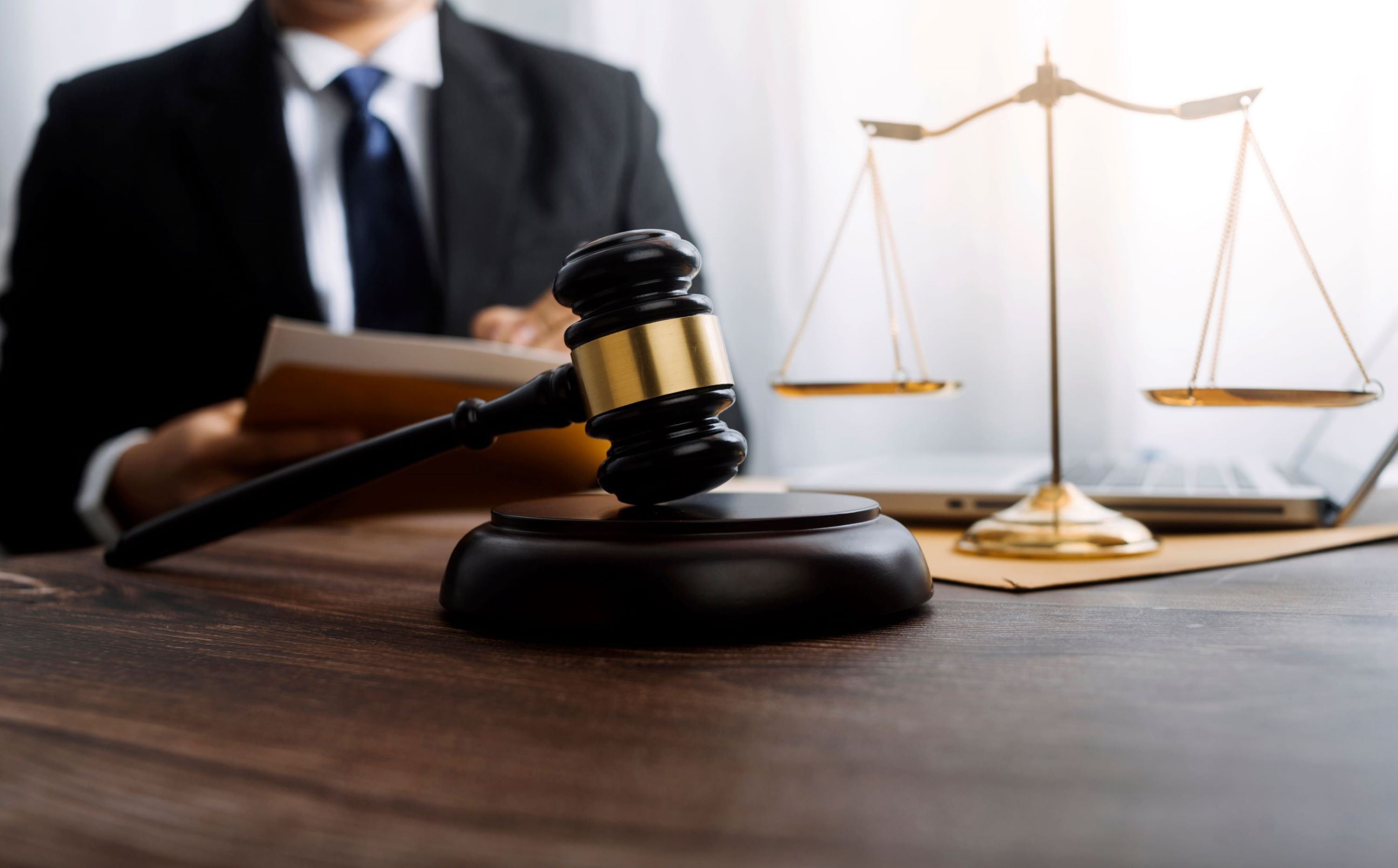Legislation
Legislative changes can have major implications for professionals across the materials, minerals and mining cycle. IOM3 follows the progression of legislation that is relevant to our communities. Where possible, we will input into this process, usually by responding to government consultations at the pre-legislative phase.

One example is the Producer Responsibility Obligations (Packaging and Packaging Waste) Regulations 2024. This was a Statutory Instrument introduced under the Environment Act 2021 that outlined the new system of Extended Producer Responsibility (EPR) for packaging in the UK. In February 2019, IOM3 responded to the Department of Environment, Food & Rural Affairs consultation on reforming the packaging producer responsibility system, emphasising the importance of a full lifecycle approach. A second UK wide consultation on EPR was launched in March 2021, which sought views on the scheme’s design and governance. IOM3 also submitted to this consultation, highlighting in particular the need for ambitious recycling targets across materials.
The processes through which laws are made in the UK can be lengthy and complex. Understanding the different stages required to enact a law, and when there may be opportunities to influence the direction of legislation, is thus a useful tool for professionals in materials, minerals and mining industries. IOM3 has developed an explainer intended to give members the information they need to follow and contribute to the development of legislation in their field. This includes an overview of different types of legislation in the UK, how legislative change is initiated, how stakeholders are consulted and how laws are passed through parliament.
The resource below is exclusively for IOM3 members. Not a member yet? Join our global community and connect with 22 Technical Communities, access mentoring and professional development, and take your next step towards chartership. With over 150 years of history, we’re here to support your journey and help you make a real difference.


